Liability for a Left-Turn Crash: What You Should Know
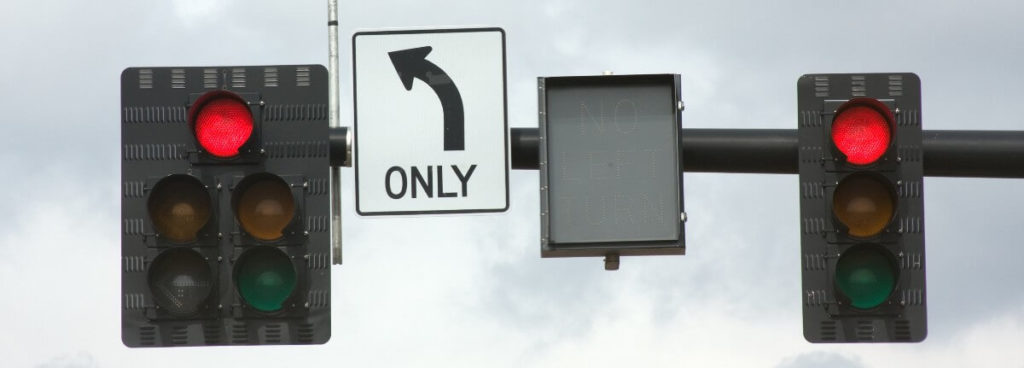
It is true that the driver who was making a left turn is often the one at fault for a collision, but this is not true all the time. There can be times when an oncoming driver is also at fault.
The lesson here is that liability for any crash, including a left-turn crash, needs to be evaluated on a case-by-case basis. Every crash is unique and there can be many factors at play. Sometimes drivers lie about what happened or they do not remember important details. Insurance companies will look to avoid liability, which impacts how they choose to assign fault.
Friedman, Domiano & Smith has decades of experience helping car crash victims. Our Cleveland-based vehicle crash lawyers have extensive knowledge of the many factors that play into liability for an accident. We are prepared to manage every step of the legal process at no upfront cost to you.
Why Do Left-Turn Crashes Happen?
A left turn crash occurs when a car that was turning left collides with another car traveling in the opposite direction or a direction perpendicular to the turning vehicle. For example, if one driver was turning across two or three lanes of traffic, at a green light and not a green arrow, he or she needs to be cautious to avoid hitting an oncoming car.
Turning on a green light is known as an unprotected left turn because traffic is still coming. A turn on a green arrow is a protected left turn because there is no oncoming traffic.
If you are making a left turn out of a parking lot or shopping center, you need to be careful to avoid traffic approaching from your left and traffic approaching from your right. This is one of the most dangerous types of left turns because you are crossing so many lanes of traffic.
Oncoming drivers can cause left-turn crashes by disobeying traffic laws and driving recklessly. For example, if an oncoming driver runs a red light he or she could crash into a left-turning vehicle.
There are also left-turn crashes at four-way stops. Drivers may decide to proceed even though they do not have the right of way. They may not be paying attention, or they may not know the rules of the road. Sometimes crashes happen because drivers fail to use their turn signals.
Many drivers may attempt a left turn even though they do not have a clear view of oncoming traffic. For example, it may be hard to see oncoming traffic if the vehicles facing the opposite direction are also making left turns. You may not be able to see around a large truck or SUV.
Sometimes there is a hill in front of you that makes it difficult to see oncoming traffic. You may not see cars until they are quite close to your car. However, you are still expected to exercise caution to avoid a left-turn crash.
Assessing Fault for the Collision
The driver who was turning left is often found at fault because he or she often does not have the right of way. Typically, if you violate another driver’s right of way you will be found at fault if a crash happens. Left-turning drivers often misjudge the speed of oncoming vehicles and think they have more time to turn than they do. They may also be distracted by a cellphone conversation.
There are mitigating factors that may cause an oncoming driver to be found at fault. For example, if the oncoming driver was speeding and/or distracted, he or she may be found liable.
If the left-turning driver had the right of way, the oncoming driver is likely to be found at fault. The left-turning driver has the right of way on a protected left turn, like a green arrow. An oncoming driver could cause a crash by running a red light and hitting a driver who had a green light.
There are also unforeseen factors that could cause a crash to occur. In these situations, the left-turning driver may not be found fully at fault. For example, if an animal or pedestrian darted out into the road, the turning driver may have slowed down or stopped. Oncoming drivers may have had plenty of time to slow down or stop, so if a crash occurred, they may bear significant fault.
Proving Fault for a Left-Turn Crash
Your lawyer can carefully investigate the crash to determine fault and build a case for compensation. However, it is important to call the police after any crash so an officer can come and document what happened. This combined with you seeking medical treatment soon after the crash helps to link your injuries to the accident.
At Friedman, Domiano and Smith, we have extensive knowledge of Ohio traffic laws that may come into play in a left turn crash claim. We also have the resources to build a robust case at no upfront cost to you.
There are a variety of factors we assess to determine fault for a collision:
- The location and severity of damage
- Your injuries
- Information in the police report
- Pictures of the scene
- Available video footage from the scene
- Statements from witnesses
- And more
Contact a Licensed Attorney to Learn More
For decades, Friedman, Domiano and Smith has been advocating for those injured in motor vehicle crashes and other accidents caused by negligence. We have vast experience helping the injured and a proven record of achieving results.
You should never assume you do not have a case without contacting an experienced law firm. We offer a free legal consultation to discuss what happened and explain how we may be able to help.
No upfront fees or legal obligations. Call today: 216-621-0070.
Comments are now closed
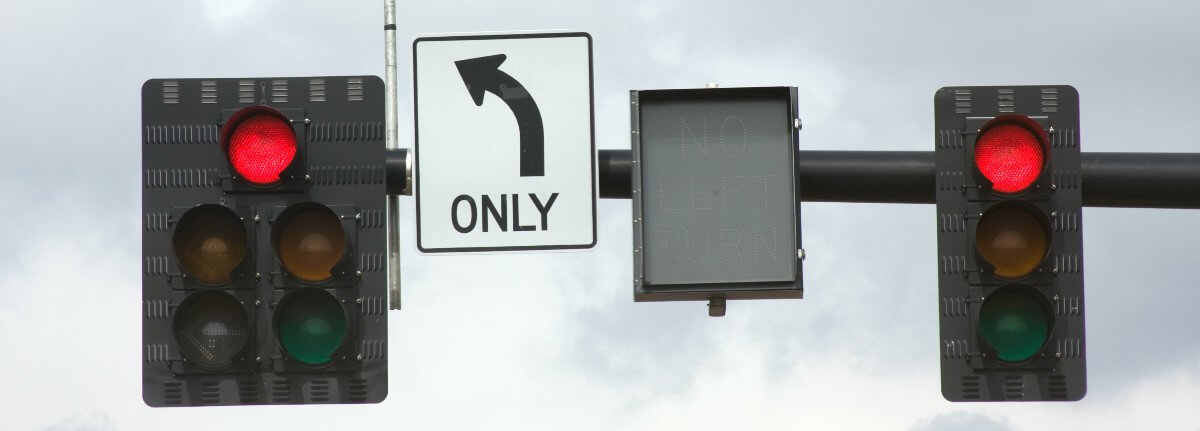
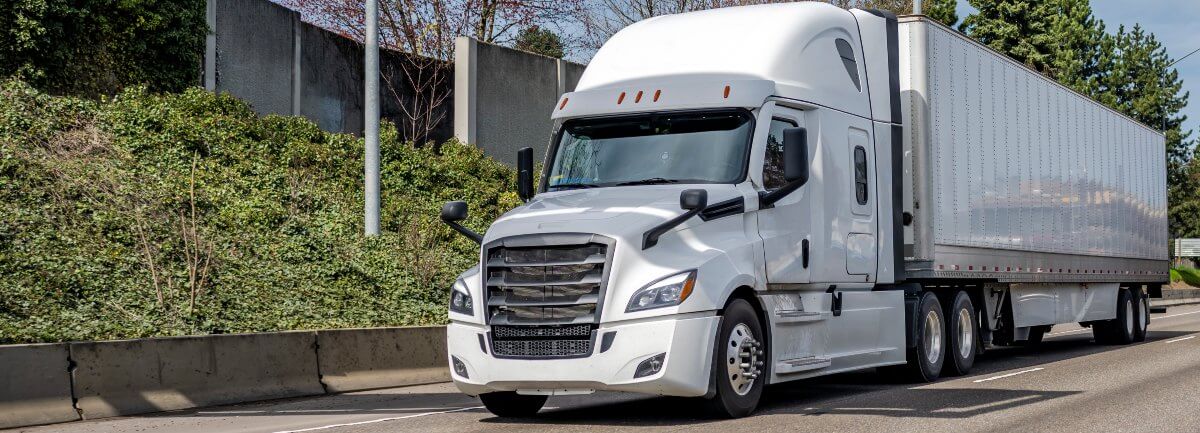
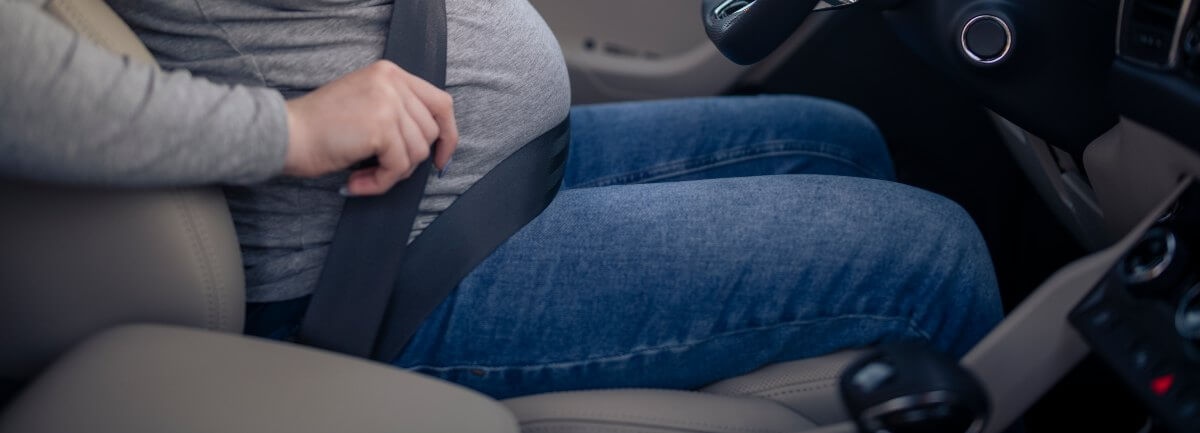
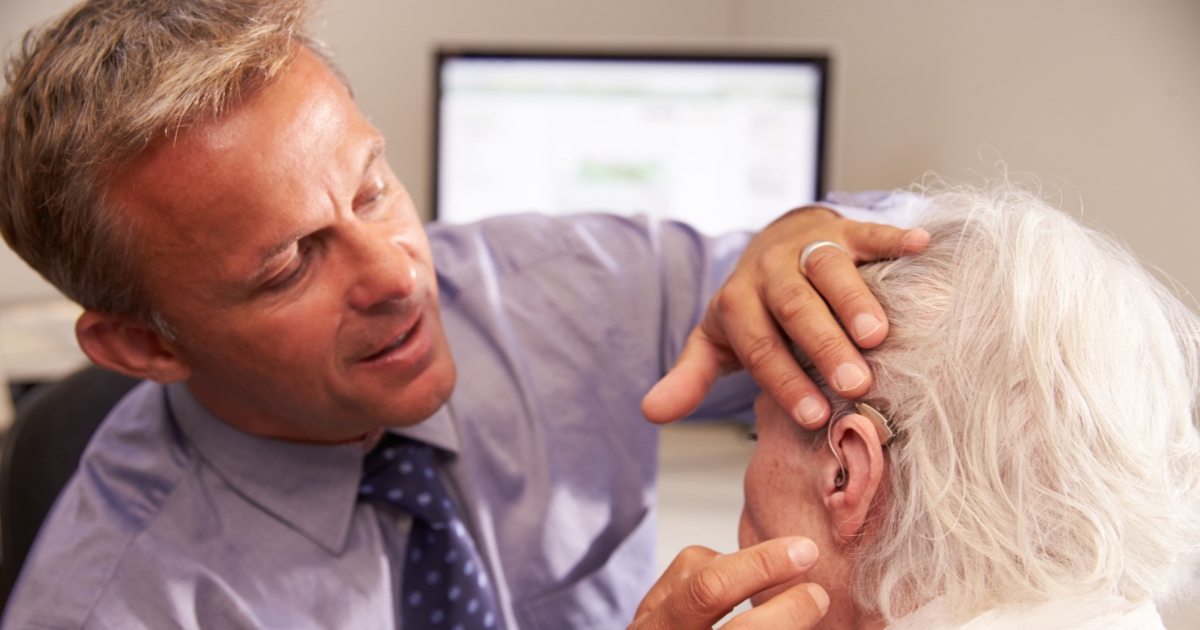
Comments